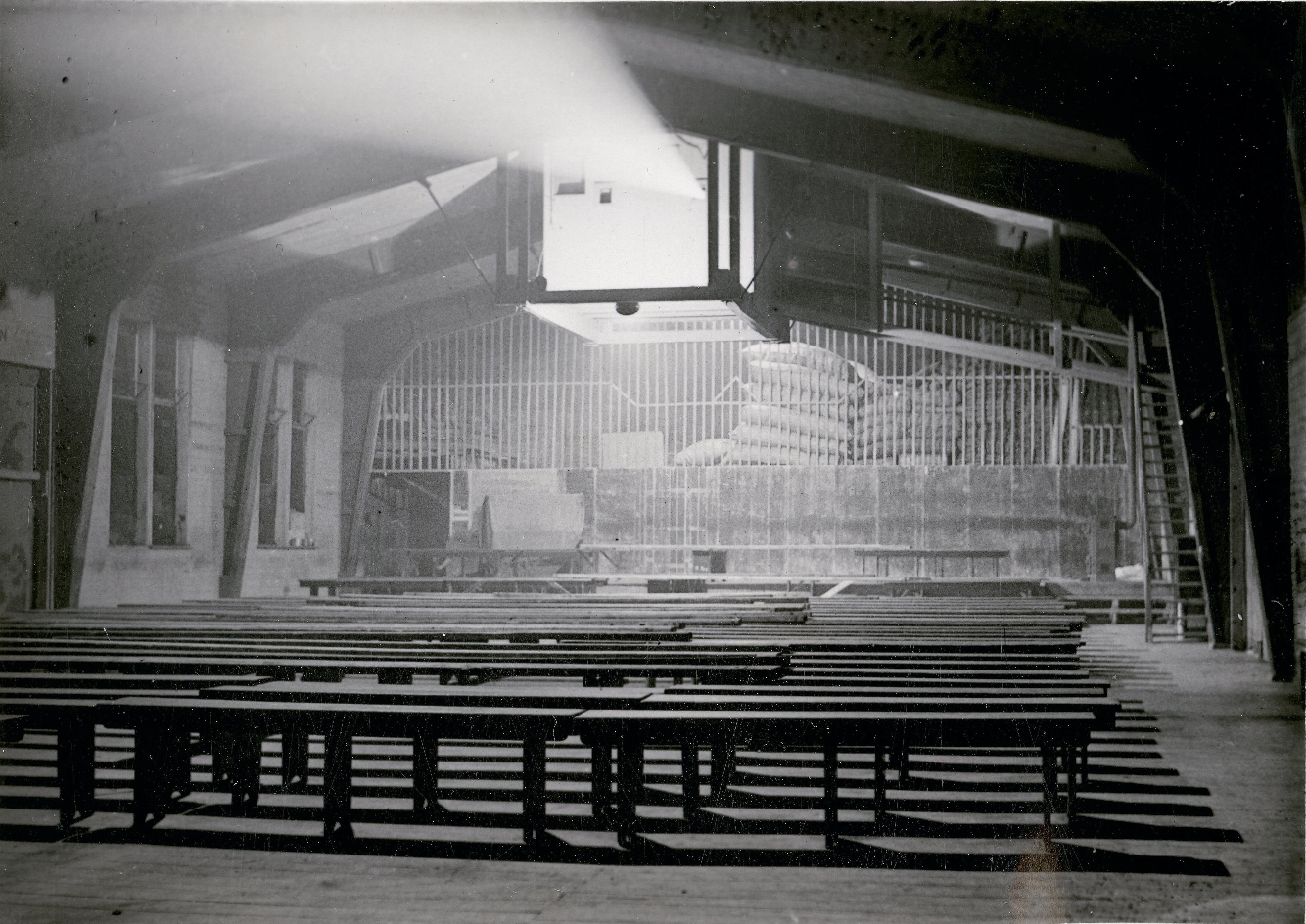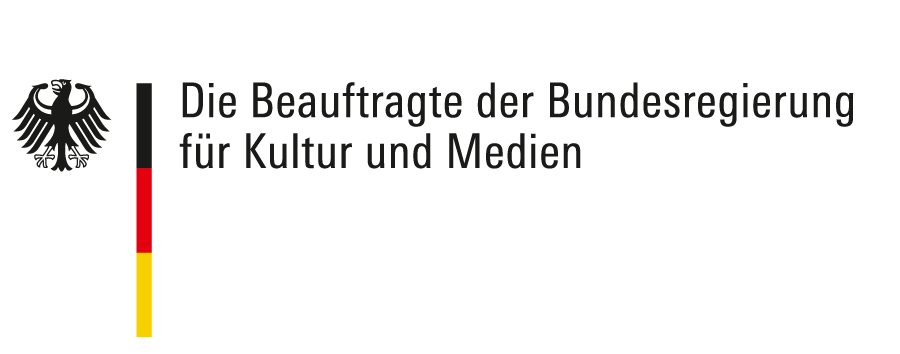
©Musée de la Résistance et de la Déportation, Besançon
©Buchenwald Memorial
The cinema barrack was located at the edge of the inmates’ camp next to the inmates’ infirmary. At the end of September 1944 it became a place of selection. A few days earlier, Jenö Heimler, who was 22 years old at the time, had been brought back to Buchenwald from the Tröglitz/Rehmsdorf subcamp along with hundreds of other Jewish inmates. He later reported on the procedure carried out in the cinema barrack:
“We assembled in the Buchenwald cinema, where they sometimes showed the inmates old German films. Of course this room was a cinema only in the second instance. It served primarily as a ‘sorting house’ where groups of prisoners were sorted out for various slave camps. […]
I was meanwhile sitting in the first row and had an orchestra box view of what was going on on the stage. The SS doctor asked every man what was wrong with him; then he folded the slip of paper with the inmate number on it and put it on one of three piles. […]
Until now, the SS man had sat with his back to me and I hadn’t been able to see his face. But when it was my turn and I stepped up to him and looked him in the face, a cold shiver ran through me. [...] My consciousness wanted to tell him that I had tuberculosis, but in reality I answered his question by saying that I had a bladder infection. He repeated mechanically: ‘Bladder infection.’ ‘Yes, sir.’ His hand reached out for my slip of paper and put it on the small pile. ‘Dismissed.’”5
Jenö Heimler remained in Buchenwald and was later sent to the Berga/Elster subcamp. The camp physician there classified 1,188 men as “unemployable”. They were sent to Birkenau by train and murdered in the gas chambers immediately on arrival. The SS sent altogether more than 1,900 Jews, Sinti and Roma back to Auschwitz-Birkenau. Only few of them survived.
5 Eugene Heimler, Bei Nacht und Nebel: Autobiographischer Bericht 1944/45
(Berlin, 1993 [New York 1959]), pp. 114–15.
5 Eugene Heimler, Bei Nacht und Nebel. Autobiographischer Bericht 1944/45,
Berlin 1993 [New York 1959], S. 114 f.

